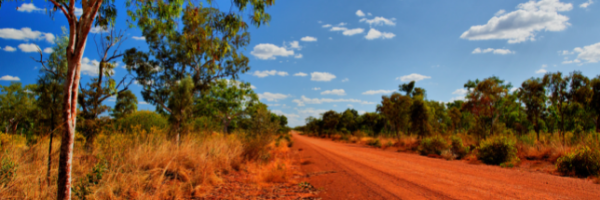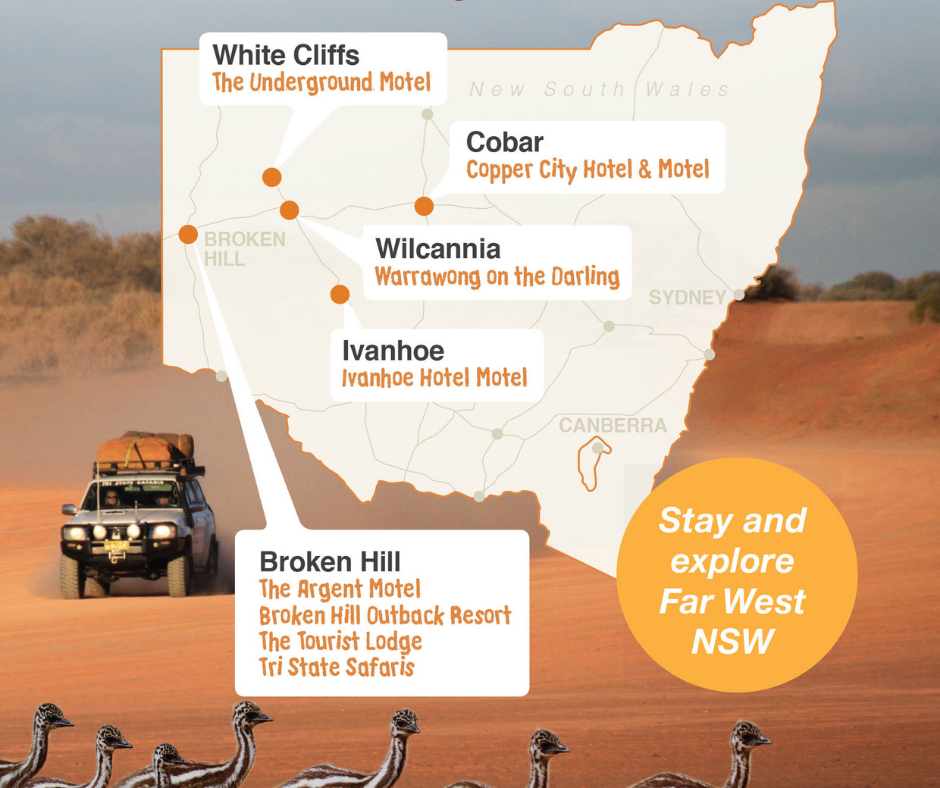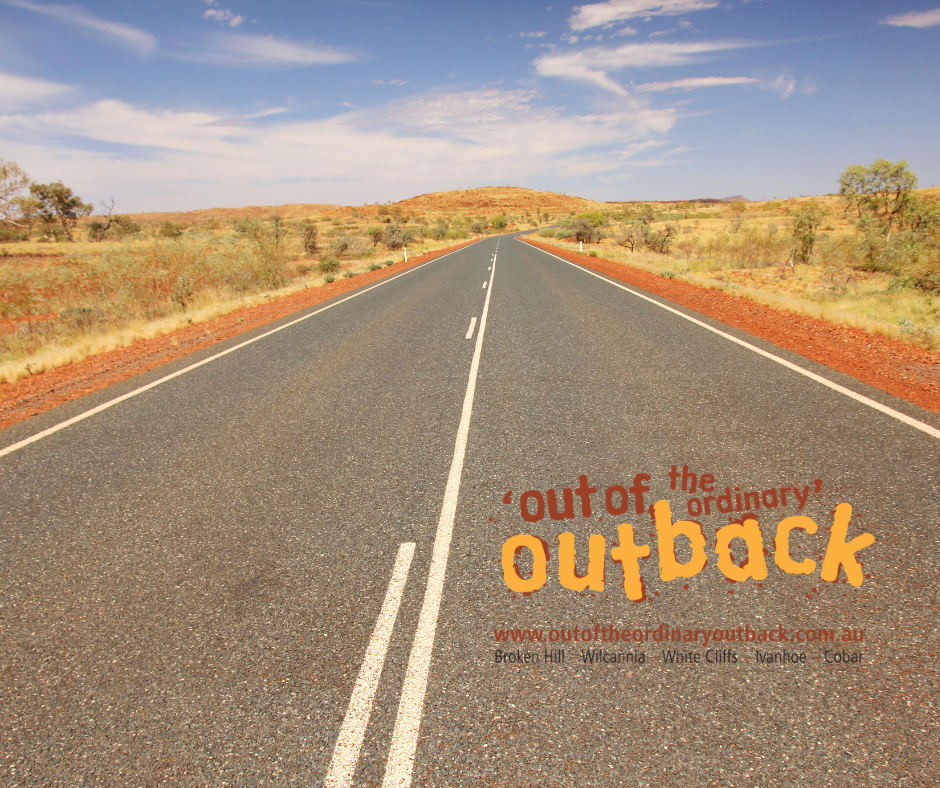The NSW Outback offers breathtaking scenery, completely open skies, beautiful stars, and new untamed life. Following that, there are people you meet and stories you hear. However, Outback NSW may be a harsh environment, and you need to be prepared before travelling whether it be to the Outback or anywhere for that matter.
These are just a few of the things you should know before you hit the road.

1. Try not to utilise a computerised route framework.
Satellite route frameworks (like Google Maps or a GPS) regularly read roads that either don’t exist at all or that are private roads and not available. We highly recommend that you use paper maps provided by trustworthy guide organizations to explore NSW Outback roads – Visitor Information Centers will actually want to supply them. You ought to likewise liaise with local people to check the road conditions and take notes of various routes and any road works.
2. Stick to primary roads.
Numerous roads in the NSW Outback will be unsealed and may not resemble a regular interstate. Notwithstanding, it is fundamental that you drive just on primary roads as set apart on your guide. Try not to follow station tracks or creek beds, regardless of whether the ground is drivable.
3. Take extra care when you’re out and about.
Unlocked roads want you to slow down because obstructions, potholes, and wrinkles are less visible. Avoid going out during dust storms; permeability is difficult and snags can occasionally be spotted. Make an attempt not to drive first thing in the morning, at night, or around evening time, as this is when untamed life is most visible around roadways. A collision with a creature has been known to devalue vehicles and hurt residents. A few streets can become flooded after downpours, so keep an eye on the weather as you travel to avoid brook areas if rainfall is expected. Make sure you follow all road signs in general, especially those with warnings.
4. Never drive on closed roads.
Keep in mind that if you drive on a country road that has been closed down by local experts, you could be fined up to $1,000 per tyre due to the damage your car can cause? If you are out and about when it rains, ensure you know how to link with the 4WD component, since this may be required in a dirt or sandy area.
5. Make a plan.
The NSW Outback is a big area, and it’s not uncommon to drive for a long time before seeing anything that resembles a settlement. Keep an eye on your gasoline levels and fill up at designated locations. Carry a lot of water (at least two litres for each individual per day, plus extra for car use) and some food in case you cause motor troubles. Cell phone coverage is limited, and when it is available, Telstra will be the exclusive provider – you may need to invest in a second SIM card. In the Outback, UHF radios are a wonderful tool, and for travelling further away in an unexpected direction, you can recruit or purchase a sat-phone.
6. Keep an eye out for animals and private property.
A few public roads cross private stations where fences and gates retain stock within a property. If a guide indicates that you can drive on certain roads, you should be cautious of fences and gates. If an entryway is closed, you can open it and drive through it, but you must close it behind you. If an entryway is open when you arrive, you are free to keep it open. Keep in mind that you are entering a property and leaving entryways open may result in the station owner losing their herd.
7. Conserve the environment.
Rubbish can be a major issue for cattle, wildlife, and the environment you travel through. Take all trash with you or dispose of it in a designated bin. Only your footprints should be left behind. Bring your own firewood or purchase some from a nearby trader if you intend to light a fire. Use no trees or bush.
8. Consider the weather.
You would think the NSW Outback is constantly hot, but temperatures may fluctuate greatly. It can become very chilly at night and quite hot during the day, so make sure you have gear for both. A hat, sunscreen, and sunglasses are required, as are light long-sleeved clothing. The optimum time to visit is between mid-March and mid-October, when the intense dry heat is at its peak.
If you’re looking for NSW Outback accommodation along the way, be sure to look into the Outback resorts and tours we have in each town to make your stay enjoyable. We also offer a 10% multi-property discount.
Happy exploring the NSW Outback!


